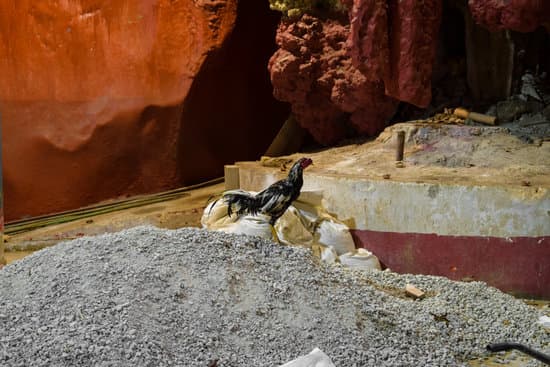One way to mitigate smectite-related issues is through structural iron reduction by bacteria or chemicals like Na Dithionite. Structural iron reduction refers to the process of removing iron from the crystal lattice of smectites. This process can improve the clay's industrial applications and also help in environmental remediation.

A recent study conducted by scientists explored the effectiveness of bacterial and chemical iron reduction on Garfield nontronite, a type of smectite. The study used a variety of analytical techniques, including variable-temperature Mossbauer spectroscopy, to compare the results of the two methods.
The researchers found that while both methods reduced the iron content of Garfield nontronite, they had differing effects on the clay's crystal structure. The bacterial reduction was more selective in removing iron, whereas the chemical reduction resulted in a more significant loss of iron.
Moreover, the study found that the reduction process was temperature-dependent. The bacterial reduction was effective at lower temperatures, while the chemical reduction required higher temperatures to be effective.
These findings have implications for the industrial application of smectites. Companies that use smectites can choose either bacterial or chemical iron reduction, depending on their specific needs. However, the study's authors caution that further research is needed to understand the long-term effects of these reduction methods on the smectites' properties.
Additionally, the study highlights the importance of variable-temperature Mossbauer spectroscopy in determining the crystal structure and properties of smectites. This technique can provide valuable insights into the behavior of smectites under different conditions, aiding future research in the field.
Overall, the study provides important insights into the potential of structural iron reduction to improve the industrial applications of smectites. Moreover, it highlights the need for further research to fully understand the optimal conditions for the reduction processes and their long-term effects on the mineral's properties. Companies can use this information to make informed decisions about their smectite usage, leading to improved industrial processes and environmental remediation efforts.